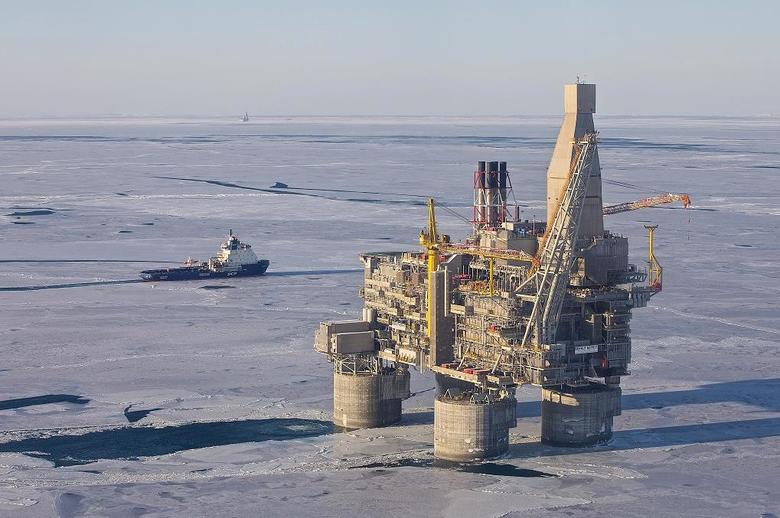
2040: DEMAND WILL UP BY 25%

The Outlook for Energy: A View to 2040
Global demand for energy rose by about one-third from 2000, to 2014, with China accounting for about half of this growth.
Meeting growing energy demand is an ongoing challenge, recognizing the scale of supplies required to meet the needs of 7 billion people each day. The use of oil alone – representing just one-third of the world's energy consumption – is now approaching 95 million barrels a day, enough to power a car 100 billion miles, or 4 million times around the world.
Energy tomorrow
Over The Outlook period to 2040, consumers and businesses will drive an ongoing evolution in energy needs, shaped by waves of economic growth and advances in technology. At the same time, both supply and demand will be affected by a wide range of government policies, including ones that seek to expand access to modern energy and those that aim to reduce the risks of global climate change.
In this time frame, we expect oil, natural gas and coal to continue to meet about 80 percent of global demand. For a century, these sources have been the foundation of the modern energy that has enabled modern living. Today, they remain abundant, reliable and affordable, and available on the scale required to serve 7 billion people 24 hours a day.
Still, significant changes are coming. The biggest expected growth will be in natural gas, which provides a practical energy solution for many applications while also providing a significant cost advantage versus other options to help reduce climate change risks. Renewable energy and nuclear power also are expected to see significant growth over this period, together accounting for about two-thirds of the increase in energy demand for power generation.
Policies to address greenhouse gas (GHG) emissions will increasingly influence the energy landscape. In our view, after rising more than 50 percent from 1990 to 2014, global energy-related CO2 emissions will likely peak around 2030.
We expect the member nations of the Organisation for Economic Co-operation and Development (OECD), where CO2 emissions are declining, to lead this shift. However, China will also play a significant role as its emissions peak around 2030. We see this global shift being enabled in large part by substantial gains in energy efficiency in all regions.
With strong gains in energy efficiency and significant changes in the world's energy mix – driven by economics and climate policies – we expect the CO2 intensity of the global economy to be cut in half by 2040.
Thanks to economic development opportunities powered by abundant energy, we see the world standing at the cusp of decades of enormous growth and better living standards for billions of people.
The period to 2040 is expected to reflect a dramatic expansion of the world's population and the global middle class. Living conditions will improve as millions of people gain access to electricity, which will lead to benefits such as better education and modern healthcare.
From 2014 to 2040, we see global demand for energy rising by 25 percent. This increase is equivalent to the total energy used in North America and Latin America today.
We expect energy demand growth to be led by a 45 percent increase across non-OECD countries, while demand in OECD countries will be essentially flat. Energy efficiency will play a huge role in slowing the growth in global demand, as energy use per unit of economic output is likely to fall by 40 percent.
To keep pace with demand, the world will need to pursue all economic energy sources. In 2040, oil and natural gas will likely be nearly 60 percent of global supplies, while nuclear and renewables will be approaching a 25 percent share.
We can expect that new technologies will continue to create new energy options for our growing world. We don't know yet what all those technologies will be, but history tells us that the best ones will be affordable, available on a commercial scale, and not overly reliant on government support. Enabling these technologies will require policies that promote innovation, investments and free trade.
One of the constants in life is change. Another is energy. By understanding the trends described in The Outlook, we can better anticipate how much – and which kinds of – energy the world will need in the future. This insight helps guide our investments as we work to help safely meet the world's need for affordable, reliable energy – the energy that helps create and add value to modern living for people everywhere.
Our energy to 2040: Seven things to know
Modern energy is one of mankind's most complex endeavors, and its path is shaped by countless forces. However, we see seven key themes that will play a major role in defining our global energy landscape through 2040.
-----
More:
OPEC: WORLD ECONOMY & OIL MARKET
LNG MARKET: TRENDS AND OUTLOOK













